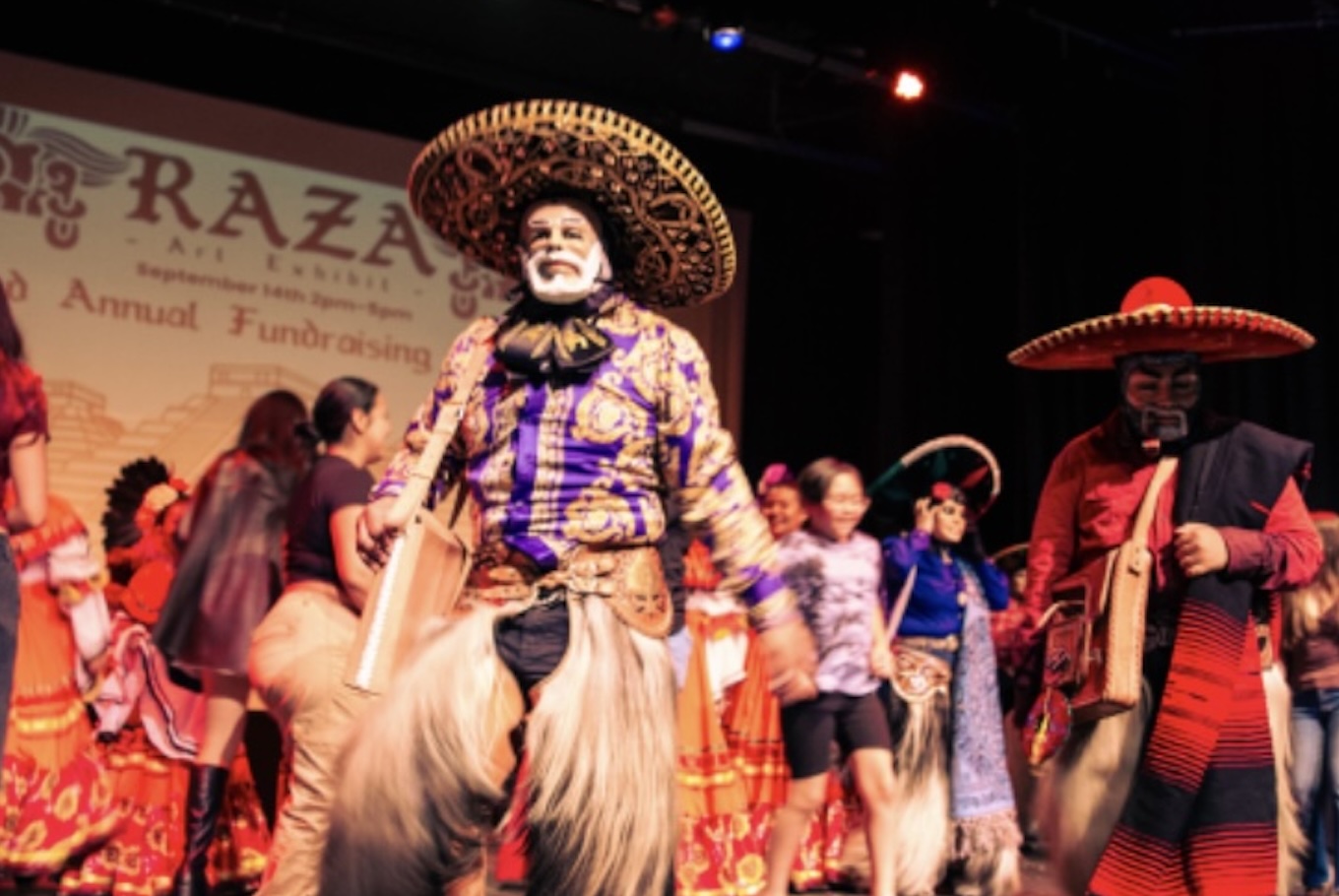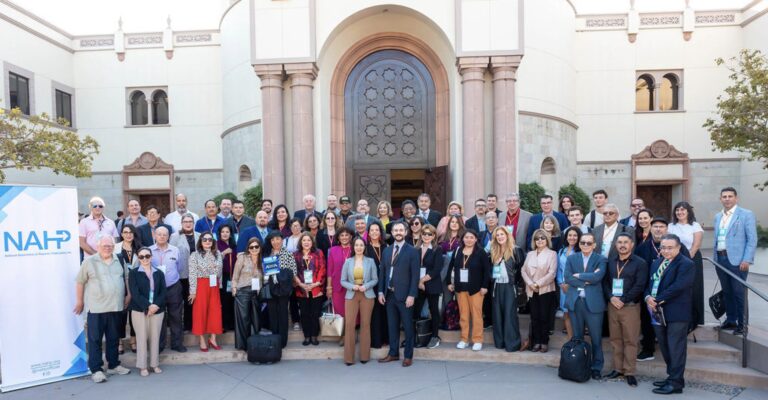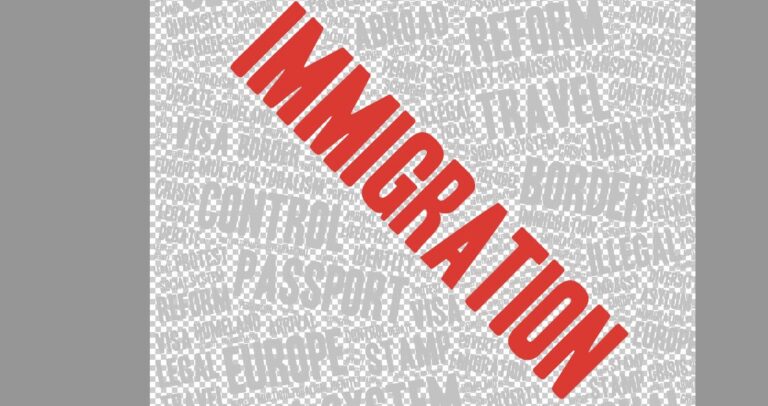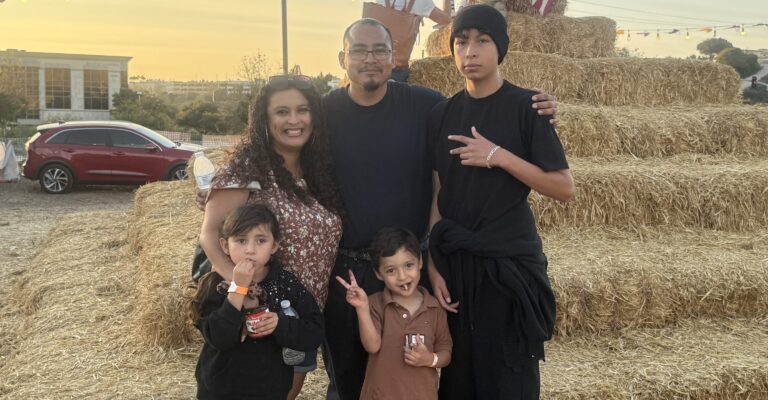How Cultura, Courage, and Community Shape Our Civic Power
By Beatriz Palmer
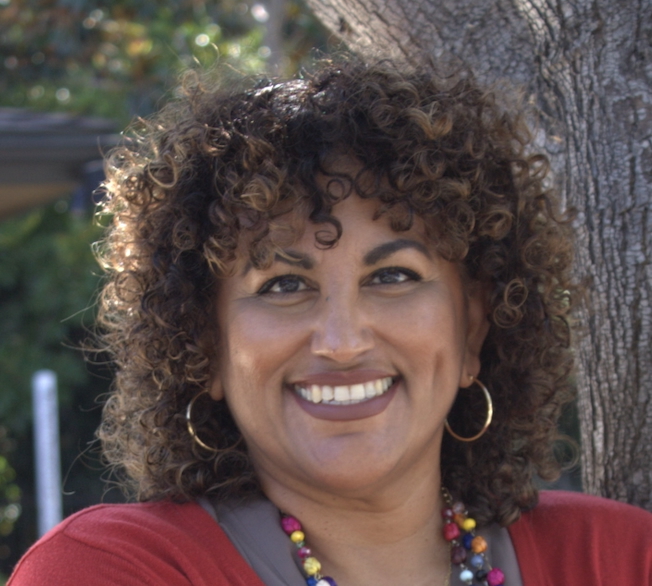
When we think about civic engagement, we tend to picture formal systems—campaign posters plastered across the city, lining the streets from College to Oceanside Blvd, El Camino Real to Mission, and Rancho del Oro to Vista Way, promising the world on a silver platter. “Vote for Panchito—he’ll make your wildest dreams come true!” We imagine crowded city council chambers, PTA boardrooms echoing with demands for inclusive curriculum and practices, volunteers stationed at voting booths, and organizers collecting signatures. Social media floods with calls to action: write your legislator, oppose the latest bill threatening to gut food assistance, housing, and healthcare for our low-income, elderly, veterans, youth, and transgender communities.
It can feel like a big swap meet—a bustling, noisy political war zone where folks shout, “Don’t miss out! Lowest prices around,” selling promises at a price too good to ignore. But for many working families—those holding down multiple jobs, navigating broken systems, lacking resources in their native tongue, or simply surviving structures not built for them—civic participation can feel abstract, even estranged.
Civic engagement isn’t just what happens inside government buildings; it lives in the everyday acts of resistance, care, and culture that shape our communities. It’s part of our roots. It lives in the ways we show up in strength for our neighbors, our elders, our youth, our history, and in how we vindicate our ancestors.

It’s Simon’s mother, who cleaned homes and worked factory floors with quiet strength, modeling dignity and resilience that shaped a son committed to justice. It’s Kiana, a visionary entrepreneur who brewed more than coffee when she founded Cultura, creating space for art, advocacy, and women power to flourish. It’s our reina del barrio, Chema—a cultural organizer who shows up at community gatherings, whether at a celebration or a city council meeting. She mirrors the soul of our neighborhoods, making space for others to see themselves reflected in civic life. A true bridge builder, she leads through murals, dance, and storytelling, reminding us that leadership isn’t about titles but about showing up with humility, heart, awareness, and unwavering commitment to community.
Civic engagement is not only about policy; it’s about presence. It’s about honoring our elders, protecting our youth, defending dignity, and ensuring no one feels invisible. For many of us—Chicanos, Indigenous, Black, AfroLatinos, trans, immigrants, first-generation—civic engagement is not new. We’ve always advocated for our communities. Sometimes it looked like organizing; other times, it looked like surviving or standing in the gap unapologetically.
In my own family, civic engagement showed up around the kitchen table. My mother couldn’t vote, but she made sure we read every school flyer to her, and she was determined to find the resources to help us and others meet basic needs, like keeping the lights on or preventing the water from being disconnected. My mother refused to be a gatekeeper and shared resources freely, telling others about WIC, food distributions, clinics, and how to apply for immigration relief. Our home was often a refuge for our people. In our casita they felt safe, and we shared a hot meal and a warm blanket for anyone in need, whether a newly arrived family or a neighbor seeking help. Civic duty wasn’t abstract; it was something we lived.
That sense of duty goes back generations. My grandmother was born in Holtville, CA, but her family was among the thousands impacted by the mass deportations of the 1930s. Under the Great Repatriation and later Operation Wetback, entire communities of Mexican American families—many with US-born children—were pressured or forcibly removed to Mexico. It was a dark chapter barely taught in our textbooks. My grandparents returned to Púrpero, Michoacán, with nothing but resilience and the 100-year-old molcajete that now lives in my kitchen, still telling the stories of our survival. Growing up, that same molcajete served many families in need of a warm taco.
Civic engagement also means reclaiming the stories swept under the rug. Through storytelling, art, murals, chisme, and community practice, we pass down truths that textbooks often omit. We remember the courageous Black and Brown youth who marched together, the raza marching alongside the Brown Berets and Black Panthers who created free breakfast programs, and the murals that continue to tell our history when words are silenced.
Today, our young people, alongside our elders, pick up those threads through art, danza, protest, and collective action. They remind us this legacy is still alive; we are here, and we’re not going anywhere.
I had the privilege of interviewing three powerful civic leaders in our community: Chema Navarro, a cultural bearer and reina del barrio; Simon Guzman, an Indigenous and trans organizer; and Kiana Sanchez, a young Chicana entrepreneur, advocate, and artist. Each reflects an intergenerational tapestry of engagement, creativity, and courage.
Kiana Sanchez: Brewing Culture and Community

Kiana is the founder of Cultura Coffee, a pop-up space in Oceanside where community, culture, and Cafecito meet. She bridges art and activism through creative business, hosting local vendors, curating cultural pride events, and holding space for collective healing and school supply drives for those in need. “I always tell myself that if one person felt seen, heard, or represented through something I created, then I’ve done my job,” Kiana says. Her work reminds us civic engagement can take the form of making space for joy, culture, and community building. Inspired by her parents and grounded in collective care, she shares, “Being civic-minded is about showing up, not gatekeeping, about pouring into your community even when your cup is still being filled.”
Simon Guzman: Rooted in Justice and Intersectionality

Simon’s activism began in high school and has now spanned over 17 years. A proud Oaxaqueño and transgender man, Simon advocates for immigrant, trans, and Indigenous communities through policy, storytelling, and grassroots organizing. “Stories help us relate to one another and invite us to be part of something greater,” he says. Simon shows up for those most erased, those impacted by deportation, environmental racism, and systemic neglect. He uplifts movements like Land Back and environmental justice, often drawing on his mother’s and grandparents’ resilience. “We have to be good ancestors, to make this world safer for brown kids to ‘come out’ or come forward and be loved so well.”
Chema Navarro: Honoring Our Elders, Inspiring Our Youth
Chema is a lifelong community advocate, muralist, danzante, and cultural organizer. Inspired by Oceanside’s first Latina mayor, Esther Sanchez—a trailblazer from Eastside Oceanside, an attorney, and a first-generation college graduate—Chema has dedicated her life to ensuring culture is not erased. “When people see you out in the community, they think, ‘She’s just like me.’ No titles. Just a regular person who cares.” She shares that good civic leaders must have humility. From practicing danza Azteca to organizing murals that reclaim public spaces, Chema helped create safety and pride in her neighborhood. When gang injunctions and surveillance kept people from gathering in parks, art brought them back, and now these people bring their children. “Art brought unity. Now we see kids playing where we once couldn’t walk.”

Chema grew up among strong women—her mother, grandmother, and sisters—, who taught her to fight for justice and speak up, even when afraid. Though she doesn’t see herself as a leader, her decades of advocacy have shaped a community that walks with pride. “The issues we face—immigration raids, gentrification, misrepresentation—we face them together. And together, we must stand.”
A Tapestry of Civic Courage: A Call to Action
Civic engagement is not just a duty; it’s a right and a joy we can all step into. It’s found in the coffee-scented space where Kiana brews conversation and culture. It lives in Simon’s fierce love for all beautiful people and his fight for a sustainable world. It radiates through Chema’s murals, danza circles, and quiet, powerful presence in civic spaces.
Civic duty doesn’t require a title or a podium. It’s nurtured in families, passed down from generation to generation through storytelling, and lived every time we share a resource, raise our voice, or protect one another.
So, as you consider how you engage—whether through protest, a coperacha or GoFundMe for someone in need, storytelling, teaching, or raising children with love, pride, and humility—remember to show up. And carry Chema’s words with you: “Love one another, be kind, and be humble.”
Call to Action: Step into Your Civic Power
- Join your local school’s PTA or site council; your voice matters in shaping what our children learn and experience.
- Attend city council or commission meetings or visit your city’s website to learn how decisions are made and how to participate.
- Reach out to your city councilmembers and schedule a meet-and-greet.
- Write to your representatives, whether it’s your city councilmember, county supervisor, state senator, or Congress. If you can’t vote, you can still advocate, educate yourself, and help others make informed decisions.
- Get connected to your community; attend grassroots organization events, local human rights councils, or city-sponsored celebrations in parks and civic centers.
- Share what you know; tell a neighbor about free childcare through MAAC Head Start or food distribution through the San Diego Food Bank or Feeding San Diego; visit your local community health centers like TrueCare; visit your local library literacy programs; learn about utility assistance programs through Brother Benno’s and MAAC weatherization programs. Civic power grows when we pass it on.

